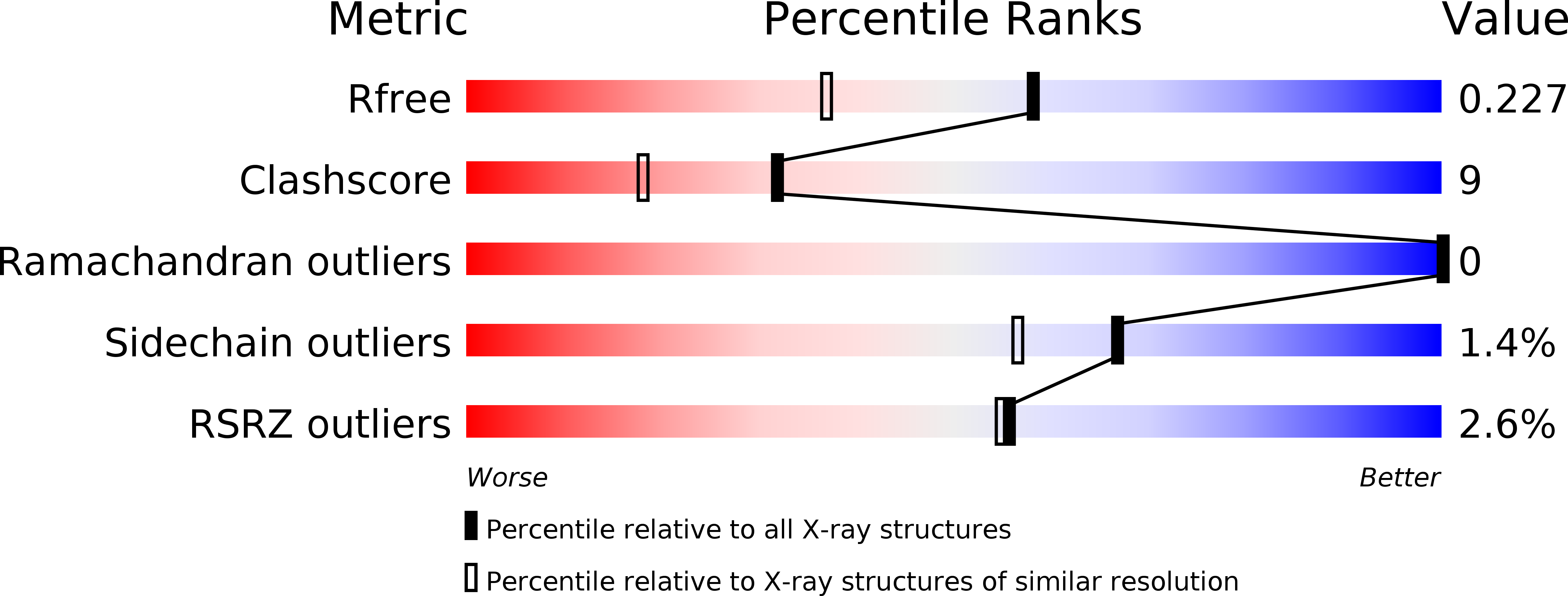
Deposition Date
2004-02-18
Release Date
2005-03-01
Last Version Date
2024-11-20
Method Details:
Experimental Method:
Resolution:
1.78 Å
R-Value Free:
0.23
R-Value Work:
0.19
R-Value Observed:
0.19
Space Group:
P 21 21 21


